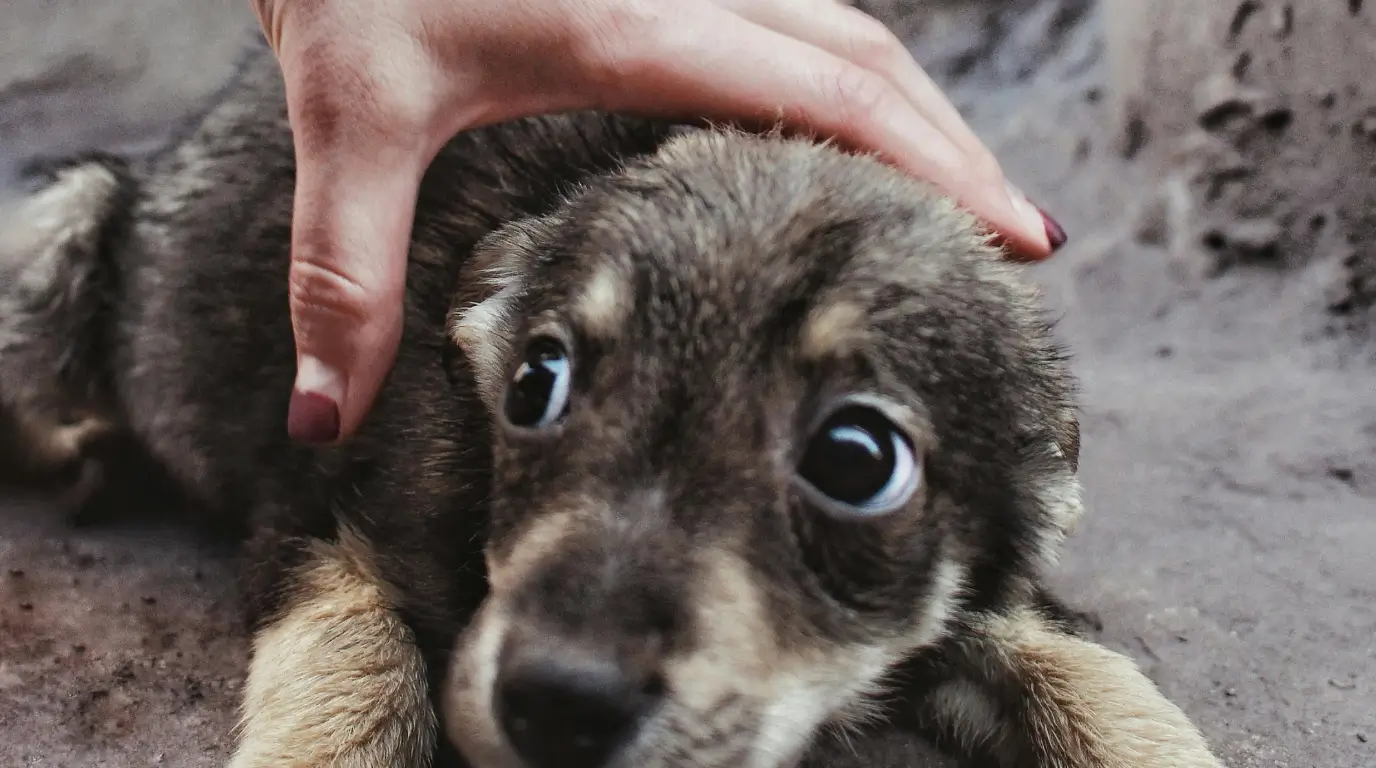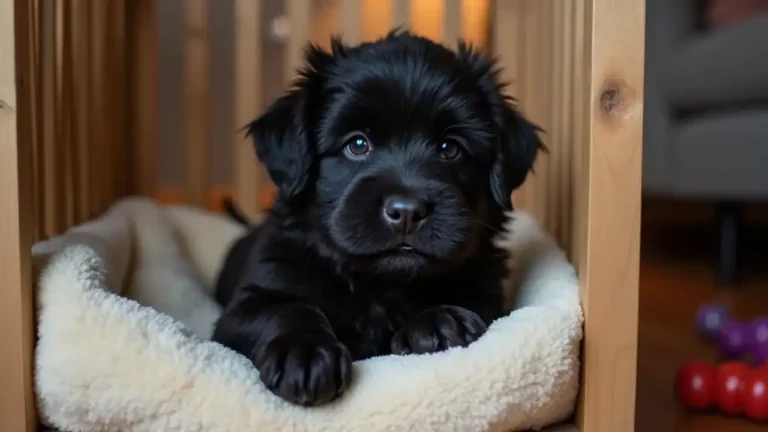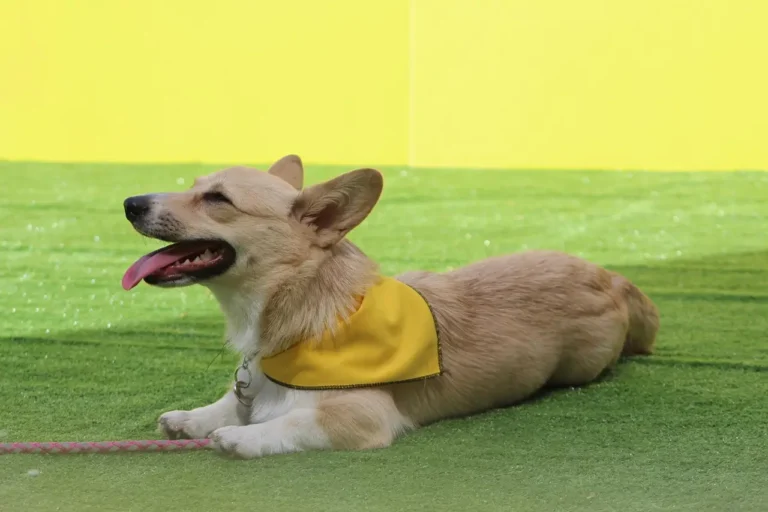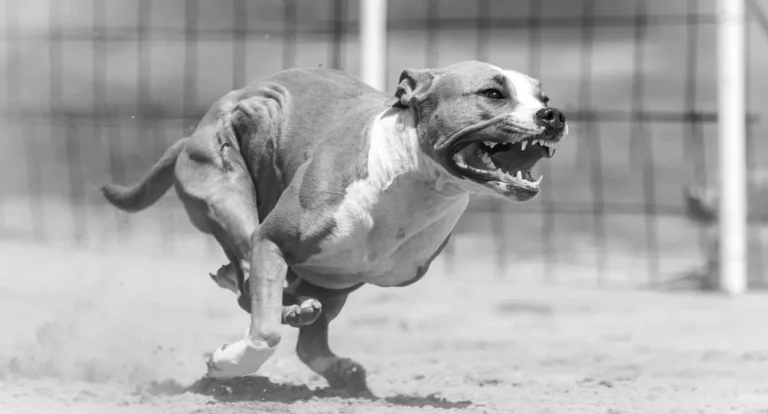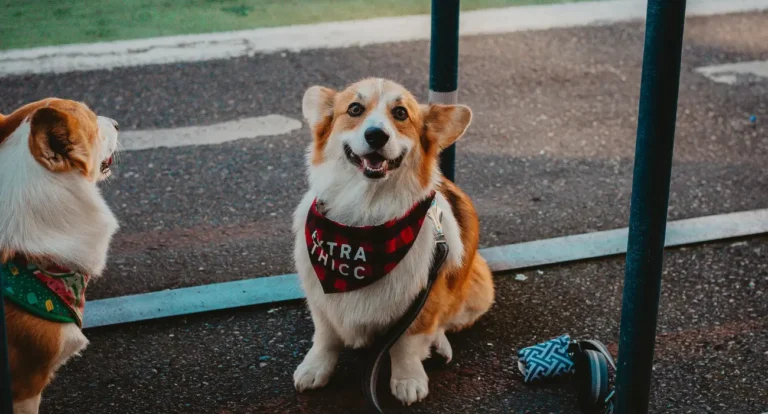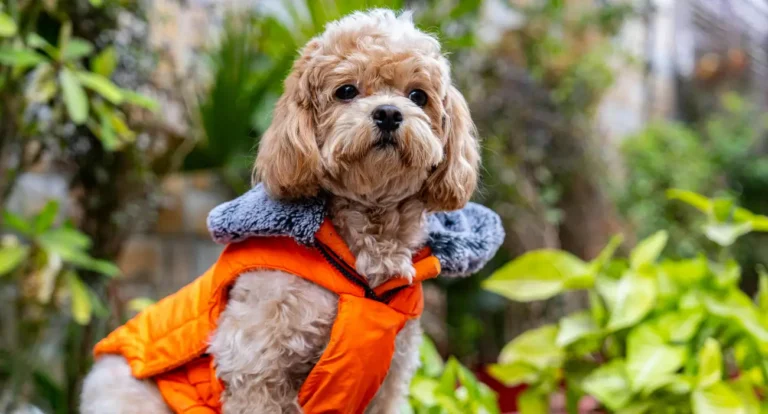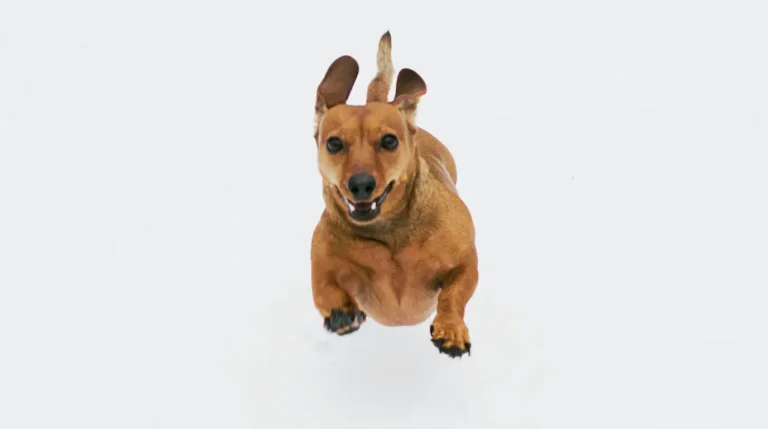Is your dog scared? Use These 6 Powerful Steps to Build Confidence in Him or Her Starting today!
Introduction: Building Confidence in Your Scared Puppy
dog scared Imagine waking up with each of your mornings to the rhythmic trembling of your scared dog, every short notice sound sending it running in different directions; or it sees being taken for a short walk outside as nothing more than a price to pay. A fearful dog could turn out to be very difficult in day-to-day living, not only for them but also for you as a pet owner. But, fortunately, you do not have to deal with this alone, and with a little patience and help, ample for fighting the phobias one faces as a dog, you would be able to build confidence and get them to live fully, with life’s joys awaiting them.
Table of Contents
Whether your dog is afraid of loud noises, often nervous around new people, or just reluctant to leave the confines of home, let me assure you: you’re not alone. Very many dogs are faced with anxiety and fear, and causes could be anywhere from bad experiences to the absence of early socialization.
Fortunately, just like humans, dogs can also learn how to cope with their irrational fear. You can develop your dog’s confidence by understanding its anxiety and taking continuous mindful actions towards them to instill a sense of hopefulness and encourage them to live life laid-back. In this article, we are going to examine the six best possible steps you can adopt giving structure and confidence to a fearful dog, so that it could come into its element and take on the world.
Understanding Your Fearful Dog: The Causes for Anxieties
Before diving straight into the steps for assisting your canine, it’s vital to understand why your dog is anxious or afraid in the first place. Dogs, similar to humans, can become anxious or frightened for a multitude of reasons that can subsequently reveal themselves in different ways. This descriptive way of recognizing and addressing these fears as a pet owner is another significant first step you must initiate in assisting your dog in gaining confidence.
Why Dogs Experience Fear and Anxiety
Fear in dogs is natural but can turn extreme at times into anxiety. For your pup, the fear may derive from genetic origin or be based on some previously traumatic experience or simply caused by the non-exposure during developmental months. Generally, fearful dogs exhibit certain behaviors when faced with loud noises, new environments, unfamiliar people, or different types of dogs.

Common causes of fear include:
Loud noises: Firecrackers, thunderstorms, or even the sounds of vacuum cleaners can trigger anxiety in dogs.
Separation Anxiety:
Dogs that bond strongly with their owner will often have a hard time being left alone, causing fear-based behaviors in a sense.
Negative past experiences:
Should a dog get abused or undergo any shock-inducing encounter when young, he likely relates certain situations or environments with fear.
Lack of early socialization:
Dogs raised without mingling with human beings, other dogs, or other animals weekly through the first months may find themselves in a fix when they come across different things later on in life.
Recognizing Signs of Fear in Dogs:
It is vital to learn to recognize the signs of fear. Fearful dogs often demonstrate subtle but telling behaviors that demonstrate anxiety. Among the accepting signs are:
Shaking or trembling:
One of the clearest signs indicating that a dog is frightened.
Whining or crying:
While overcome with fear, some dogs can be heard vocalizing their discomfort.
Cowering or hiding:
A frightened dog will most likely try to retreat to a corner of security.
Tucked tail or raised hackles:
A dog tucking in its tail is a sign of anxiety, while an agitated body signals fear or impending aggression.
Excessive licking or drooling:
When anxious, dogs may lick their lips or drool.
Pacing or restlessness:
Your dog might be unable to decide on a spot to lie down and thus continues moving from one place to another.
By observing these signs, you can better understand when your dog is feeling fearful, which will help you respond with the appropriate strategies.
Secure an Ambience Safe and Sound for Your Pet
When you finally decide to get a dog, it is crucial that a proper area is given to the dog where it can feel safe and secure. This calm environment can provide your dog with reduced anxiety and allow your dog to sink into a sanctuary, providing a haven for release. Just like people, from whom you should take a cue from, dogs too require their space to feel safe, especially when great fear creeps in.
The Importance of Safety in This Stage
Safety of the environment is important to offer an early stressful experience by offering a dog’s experience of escaping the fear-producing stimuli where further stressors are present. Least exposure to chaos and sudden noise may ameliorate the anxiety. This is an exceptionally important mental break from dealing with the fears and becomes a space for recharge time.
Creating a Safe Space for Your Dog: A How-To
Creating a safe haven for your dog does not have to be complex. Here are simple actions that will make your dog feel secure:
Quiet area:
Find a corner or room in the house that takes the dog away from home activity. This area should be removed from noises, or foot traffic that may distract the dog.
Crate or bed:
A crate or a soft bed can provide the dog with a comfy little haven. While some dogs prefer to retreat to a small enclosure when scared, many others will find it reassuring.
Introduce calming aids:
You might want to consider using calming aids, such as pheromone diffusers, calming music, or goodies the dog loves. They can help in calming some of the anxious dogs.
Minimize overstimulation:
Calm the area and don’t let loud sounds or sudden movements trigger your dog’s fear.
Having a safe and consistent space for a dog creates positive associations of it as a place of comfort and security; this reduces anxiety.
Building Trust and Positive Associations-Stage 2
After you’ve established a safe space for your dog, begin building trust and positive associations. Worried dogs will not have faith in those people or situations that once caused them distress. Building this trust again is a vital component of their recovery.
Why Trust is Essential for Overcoming Fear
Trust is at the core of all relationships, and the relationship your dog has with you is no different. If your dog feels he/she can trust you, this gives him/her an excellent background for looking at the world around him/her. However, if your dog does not trust you, it may very well develop a hesitation that prevents it from engaging in new experiences, thus prolonging his/her fears.
Techniques to Build Trust with Your Dog
It can take time for a bond of trust to develop between you and your dog. The rewards of building that trust accrue mainly to the dog. Here are effective ways to build the trust:
Be patient and consistent:
Trust takes many months and even years to grow, hence, it’s important to be consistent in your actions. Reward the dog for calm behavior and avoid punishing them when your dog is scared.
Positive reinforcement:
Reward-based training is very powerful in creating positive associations. Reward calm behavior with treats, praise, or affection when the dog shows bravery. This helps the dog attach positive experiences to moments that could otherwise provoke fear.
Avoid forcing interactions:
While it’s important to expose the dog to new situations, it’s never a good idea to force the scared dog into an interaction. Always try to gradually introduce anything new to the dog.
Be calm and reassuring:
The owners’ emotions can affect the reactions of their dogs. As a dog-owner, it hugely matters that you try to remain calm and composed. If you are anxious, your dog will most likely do just as you did. Be positive and confident, and your dog will feel so.
As trust continues to build, your dog will become more relaxed in the home and begin to shed their fears.
Conclusion
The first two steps have been all about the importance of finding out what your dog is afraid of so as to make an environment where it can feel safe. Remember, getting rid of the fear of a dog is a matter of time and patience. More strategies to build the dog’s confidence are to follow, but for now, focus on creating a quiet home and building trust within it. A calm space where things won’t jar your dog’s nerves is all groundwork to be laid for any journey, building a confident and calm dog, and overcoming much of their fear.
To learn more about strategies designed to conquer your dog’s fears and help your dog build confidence, keep reading because you are a part of this journey!

